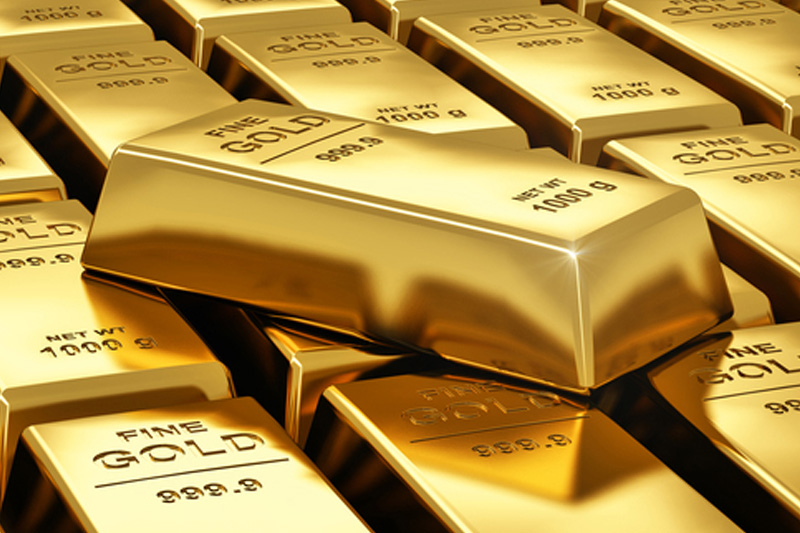Investing.com -- Gold futures ticked up on Friday extending sharp gains from the prior session, as weak manufacturing data in China bolstered arguments for additional stimulus measures by the Chinese Central bank in order to jumpstart growth in the world’s second-largest economy.
Meanwhile, investors continue to prepare for a delayed interest rate hike by the Federal Open Market Committee after the release of dovish minutes from its July meeting earlier this week – a development that is largely viewed as bullish for gold.
On the Comex division of the New York Mercantile Exchange, gold for December delivery traded in a broad range between $1,148.60 and $1,167.80 an ounce, before settling at 1,160.00, up 6.80 or 0.59% on the session. At one point on Friday, gold reached its highest level since early-July as it continues its extended rally from last month’s severe downturn. Gold futures have now closed higher over the last three trading days and nine of their previous 12 sessions, while rebounding by more than 5% in recent weeks. In July, gold suffered a 10-day losing streak, its longest in nearly two decades, and plunged to five-year lows after falling from a peak of around $1,200 an ounce a month earlier.
On Friday, reports in China indicated that manufacturing production nationwide has shrunk at the quickest pace in more than six years, illustrating the unrelenting listlessness in the nation’s factory sector. A preliminary reading of the Flash China Caixin PMI for August fell to 47.1, its lowest level since the end of the Financial Crisis. A reading below 50 provides a signal of contraction in the industry. The reading fell considerably below analysts’ forecasts of 47.7 and extended losses from July’s reading of 47.8, when it plummeted to a two-year low.
The People’s Bank of China (PBOC) has approved a wide range of stimulus initiatives throughout the year in an effort to drive an economy that is experiencing its slowest level of growth in more than a decade. Over the last several months, the Chinese government has lowered its benchmark interest rate twice, cut the Reserve Ratio Requirement (RRR) or amount banks must hold in cash reserves and relaxed rules on margin financing or stock trading with borrowed funds in attempts to spur activity. The PBOC also devalued the yuan by nearly 2% earlier this month in a move aimed at boosting slumping export levels.
China is the world’s largest producer of gold and the second-largest consumer of the precious metal behind India.
Investors also continued to react to strong indications from the FOMC that it could delay a highly-anticipated interest rate hike beyond the fall, amid soft inflation data. While the Consumer Price Index (CPI) for July inched up 0.1%, it still fell under analysts' forecasts of a 0.2% monthly gain. The Core CPI Index, which strips out food and energy prices, rose by 1.8% on a yearly basis, also falling below the Fed's target by 0.2%.
The FOMC appears sharply divided on whether inflation is moving close to a level it deems appropriate to start raising short-term rates. The FOMC said by some objectives the inflation data was "not progressing" toward its targeted goal, according to the minutes. Other members, however, said that inflation conditions for a rate hike would be met or could be "met shortly."
Gold, which is not attached to dividends or interest rates, struggles to compete with high-yield bearing assets in rising rate environments.
Silver for September delivery fell 0.217 or 1.40% to 15.300 an ounce.
Copper for September delivery dipped 0.017 or 0.72% to 2.302 a pound.
